

Dozens upon dozens of developers have tried their hand at unseating Call of Duty as the reigning king of the multiplayer world. Some have done so by aping COD‘s formula as best they can, while others deploy the opposite approach, offering something new and different.
But maybe that’s not the answer to unseating Call of Duty, or, at the very least, stealing away some of its market share. Perhaps the answer rests with a different approach, one that Respawn Entertainment’s Titanfall appears to have in spades. Allow us to explain.
By now, most have read our boundless coverage of Titanfall and know all the little intricacies of the shooter, from the way Pilot combat offers a fluidity of movement little seen in a FPS to the invigorating Titan combat that, while familiar in terms of shooting mechanics, offers a tremendous sense of power to the player and a new layer to the experience. Those ideas are still true of Titanfall‘s retail product, even more so when packaged with a small handful of modes, 15 total maps, and the story-driven campaign.
The maps of Titanfall are well-designed with plenty of tight quarters for Pilots to slip into hiding and wide open spaces for Titans to duke it out. The maps are surprisingly large, but the Pilot mobility options and the Titan’s large strides and dash move make them actually feel smaller than they are. Kudos to the design team for giving each map a different personality while still relying on familiar ideas throughout. Each features a unique futuristic aesthetic, albeit with some tinges of destruction and a lived-in feel, communicating to players that they are just small pieces in a larger conflict.
The maps however, and the design as a whole, don’t quite feel “next-gen” in terms of fidelity. Titanfall is marketed as a major selling point for the new and shiny Xbox One, yet it doesn’t impress, visually, in the way we’d hoped. The lack of destructible environments (almost a must for this type of game at this point), for example, is a head scratcher, but perhaps that’s asking too much. What isn’t asking for a lot is a consistent frame rate and textures, which Titanfall sometimes struggles to deliver, especially when multiple Titans are on screen.
On the topic of that campaign, it’s best that gamers temper their expectations. While there are some story trappings to it, they are few and far between and often exist in the periphery of what is actually just a series of multiplayer matches. Unfortunately, it’s important to play through the campaign as doing so is the only way to unlock the Ogre and Stryder Titan chassis.
Since not much has been said about the Ogre and Stryder mechs thus far, we should mention that although each chassis offers its own advantage and disadvantage combo — the Ogre is tougher but also slower and the Stryder is quicker but also weaker — they don’t control that much differently. And since Titans are constantly out in the open, and share the same weapon options, it’s recommended that players stick with the Ogre or the Atlas.
In the “campaign,” players play through a set of9 different battles as the IMC or Militia before the game then flips things on its head and lets them take control of the other faction during those same 9 battles. Again, everything is still built around an online 6 vs. 6 multiplayer experience, but there are some nuggets of a story peppered throughout, though it fails to satisfy those who hoped for something akin to an actual single player experience. It’s an admirable first attempt, with a mostly generic and forgettable narrative that doesn’t take advantage of the interesting lore behind the gameplay.
But that’s not really why gamers will flock to Titanfall. Most will jump into the campaign simply to get their bearings, and will then log countless hours in matches of Attrition (Titanfall‘s riff on Team Deathmatch where even Titan and AI grunt kills count towards victory), Hardpoint Domination (a capture an hold type mode), or even the more basic Capture the Flag modes. They’ll be caught in the endless pursuit of new and better gear — the typical highlight of every multiplayer shooter — even if the base level weapons, perk-esque kit options, and tactical abilities will suit them just fine. The same goes for the Titans’ customizable arsenal, which also grows as the player levels. It’s familiar stuff, and there’s not much to it, but it’s compelling enough to push players forward.
Titanfall‘s mechanics are familiar since the game is still, at its core, a first-person shooter, and both the Pilot and Titan combat support the ideas that make the genre so great. Respawn bolsters the experience by giving Pilots special abilities and weapons to make them more viable against both enemy Pilots and enemy Titans. The mobility available to Pilots is fast-paced in a way that few games offer. Freedom of movement is something that many games aspire to, but they usually do so in a scripted sense. Titanfall lets the player dictate their route — running alongside walls, double jumping to the top of huge structures, or even just zipping from one end to the other — and it is all the more exciting as a result.
Then come the Titans, the hulking giants and true selling point of Titanfall. Even after countless hours with the beta, hopping into a Titan is still an invigorating experience, full of unique and memorable player-crafted moments. It’s not an overpowered feeling, thankfully, as even the best Titan pilots can fall quickly, but one that lets players who typically shy away from firefights thrust themselves into the action. So, even though players can unlock better Pilot weapons as they level, those will be of little concern when piloting a Titan.
What makes Titanfall great is how accommodating it is in that sense. While other multiplayer shooters offer their particular brand of online mayhem in a “take it or leave it” fashion, Titanfall presents a wealth of options both in-game and out. For example, players who enjoy the Titan-based combat more than playing as a Pilot can spend their time in the Last Titan Standing mode, a round-based option where the only objective is to eliminate all enemy mechs. Conversely, those who prefer the more familiar, Halo-esque Pilot combat can stick to Pilot Hunter, a mode where Pilot kills are everything.
That same accessibility can also be expanded to the game’s core gameplay design, which includes both AI and real life enemies. For hardcore multiplayer veterans, the AI Grunts and Spectres will pose little challenge (they’re actually quite dumb and sometimes broken), but they serve as perfect cannon fodder for players who want to feel like they’re contributing. In essence, even the most novice of FPS players should be able to hop online and help their team. Titanfall tries to be as inviting as possible and it pulls it off.
However, for as much as Titanfall successfully stakes its claim as a worthy multiplayer shooter, it isn’t without flaws or disappointments. Its always-online requirement and lack of LAN support are looming concerns and, as we have already seen, can sometimes shut gamers out from the experience entirely. Similarly, the depth afforded by the game’s mode and customization options pales in comparison to some of the premiere shooters on the market.
It’s clear the development time went into honing the game’s Pilot and Titan combat, but the lack of depth will be no less disappointing to veteran players who love the “carrot on a stick” approach and hoped for more than five basic modes. On a similar note, those who have scoffed at multiplayer shooters in the past might not be as receptive to Titanfall as early hype has suggested. As we mentioned, the game is still, at its core, a shooter, and therefore scratches a similar itch.
When we first went hands-on with Titanfall we were dying to play more, and that still holds true today. What Respawn Entertainment has created is addictive, thoughtful, and accessible to a wide variety of gamers. It might not feel completely fresh, or deserving of its next-gen label, but the game brings enough new elements to the table that it should stand out from the pack. Yes, there are some missteps with the customization and mode options, and there will always be the pitfalls of that online requirement, but as it stands Titanfall hits all the right notes. Is it the next evolution of multiplayer? Probably not, but it’s so much fun to play that many will overlook its faults and find little time for anything else.
Titanfall is available now for PC and Xbox One. Blue Point Games’ Xbox 360 version releases on March 25th.
–
Follow Anthony on Twitter @ANTaormina

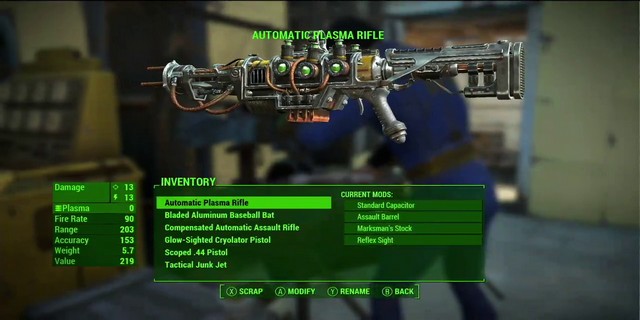
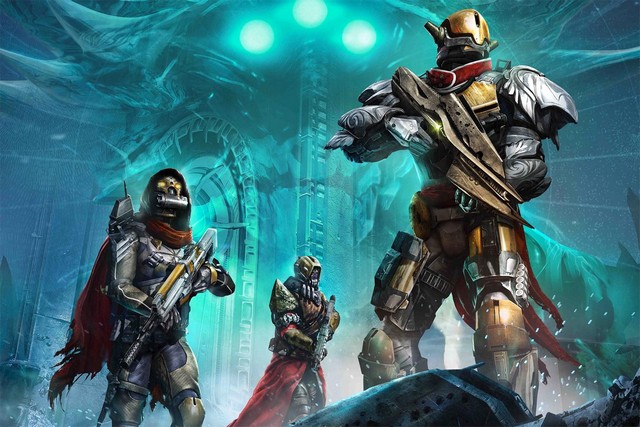

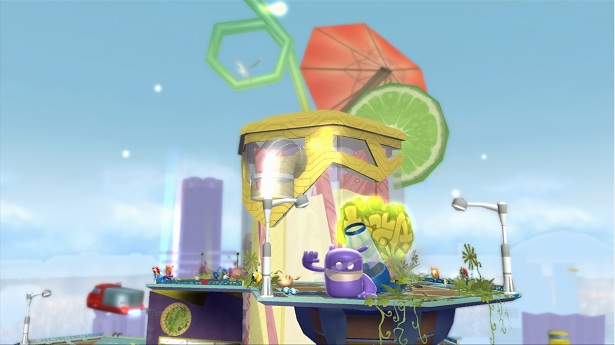 de Blob 2 Walkthrough
de Blob 2 Walkthrough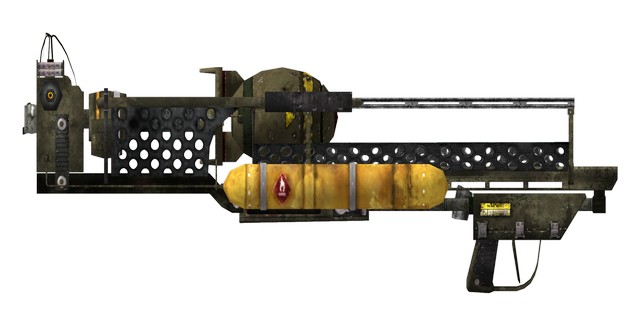 Where To Find Big Boy Mini-Nuke Launcher In Fallout 4
Where To Find Big Boy Mini-Nuke Launcher In Fallout 4 25 Best Video Game Inspired Alcoholic Drinks
25 Best Video Game Inspired Alcoholic Drinks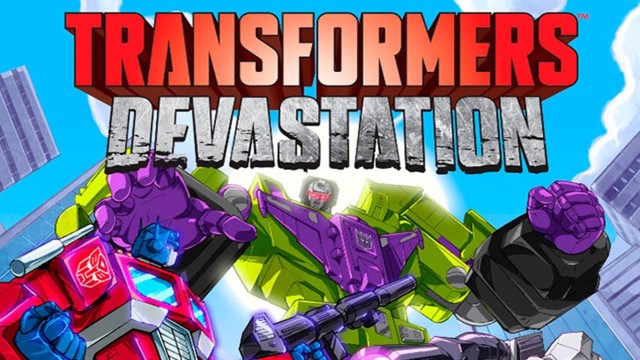 Transformers Devastation How to Built the Best Weapon
Transformers Devastation How to Built the Best Weapon Naughty Bear Xbox 360 Achievements and PS3 Trophies Guide
Naughty Bear Xbox 360 Achievements and PS3 Trophies Guide